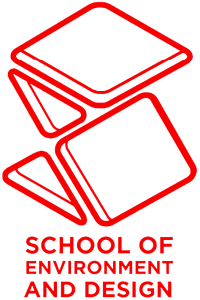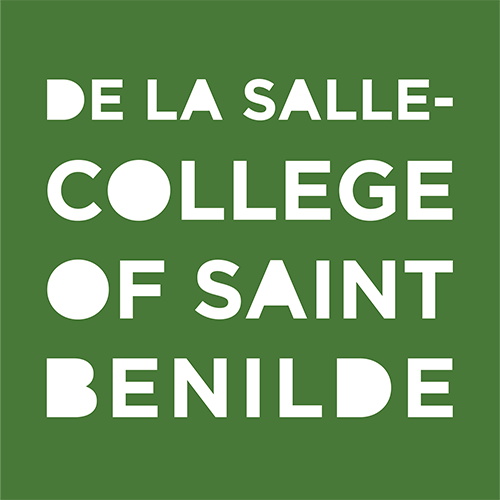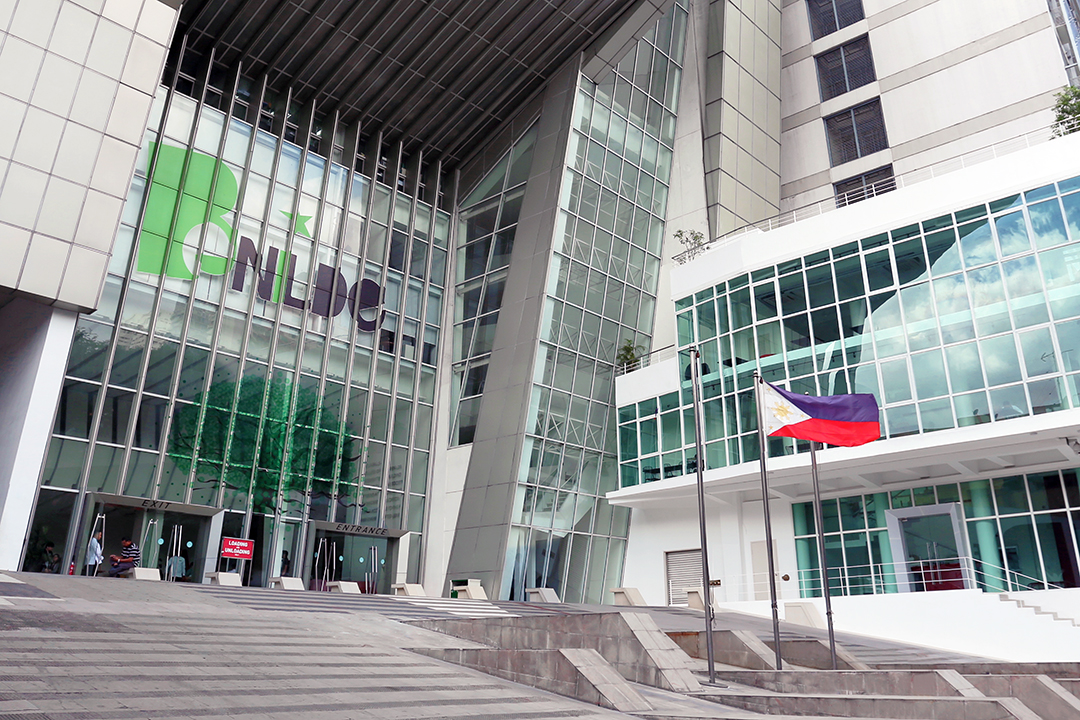BACHELOR IN TEXTILE DESIGN
Program Length: 10 Trimesters
Careers: Textile Designer, Product Designer, Researcher, Buyer, Illustrator, and Textile-related work in the field of Fashion Design, Interior Design, Industrial Design, and Architecture
The Bachelor in Textile Design Program is the premier textile design education program in the Philippines, producing graduates who will represent and advance the Philippine textile industry. BTD is designed to prepare and equip students with advanced textile knowledge design and technical skills, and sustainable business skills essential to becoming a competent professional in the field of textiles and its related industries.
Program Length: 10 Trimesters
Careers: Textile Designer, Fashion Designer, Interior Designer, Industrial Designer, Researcher, Buyer, Illustrator
The Bachelor in Textile Design Program is the premier textile design education program in the Philippines, producing graduates who will represent and advance the Philippine textile industry. BTD is designed to prepare and equip students with advanced textile knowledge design and technical skills, and sustainable business skills essential to becoming a competent professional in the field of textiles and its related industries.
WEAVE WHAT'S NEXT
This course is for you if you see creativity and technology as important aspects of one’s identity and heritage, and seek meaningful contributions to a bigger cause. You will learn to:
- formulate new artistic expressions, explore and adopt new techniques and technology in the innovative realization of art and design projects through learning by making;
- observe best practices and professional ethics in art and design and are knowledgeable in the interplay of art with the sciences and has the ability to work in a collaborative setting;
- build a nation of innovators and trailblazers who will utilize advancement in textile technology to innovate products that will forge an inclusive and equal society;
- put forward the issues of society and the environment through textile design and research to produce outputs that can lead the future textile industry;
- nurture the growth of the passion economy by creating new design systems that will be built on partnership to revitalize the Philippine Creative Industries and economy;
- propose sustainable business ventures by applying ethical business practices and principles of design on textiles to lead innovation inside large organizations and promote local artisans;
- commitment to develop and distribute products in a sustainable manner with the goal of delivering financial, social and environmental value simultaneously;
- manifest heightened consciousness of Philippine society and culture to serve the interest of the Filipino people with the ability to adapt and translate indigenous and traditional art materials and practices with historical perspective to be equally competitive in the global textile economy and move toward a more inclusive and sustainable future;
- develop research on art and textile design by utilizing art theories and design principles New Materials across other disciplines, textile history and critical analysis to create and develop textile design projects; and
- cultivate engaged materials researchers and speculative designers through design thinking principles in order to be able to imagine and create the futuristic materials of tomorrow.

from urban planning to human apparel design
The School of Environment and Design offers degree programs with a focus on the Innovative Human Designed Environment, which encompasses everything from urban planning to human apparel design. The environment includes more than the “built environment,” as the word indicates. This term refers to the urban environment, which encompasses the natural, artificial, and human-made settings that provide the basis for human activity.
All majors, including Architecture, Fashion Design and Merchandising, Industrial Design, Interior Design, and Textile Design, put an emphasis on business and design concepts, social innovation, and the narrative of human tales. By fusing technology, visual design, and human factors, students learn how to tackle human-centered problems in order to create user-friendly, meaningful technologies and service experiences that address humanity’s needs.
The School of Environment and Design continues to pioneer research into the virtual realm of the Fourth Industrial Revolution, which will include sophisticated technologies such as artificial intelligence, robotics, wearable technology, and cryptocurrencies. Bringing new perspectives to a long-established field will be a primary objective of the School of Environment and Design’s roadmap.
Architecture
FASHION DESIGN AND MERCHANDISING
INDUSTRIAL DESIGN
INTERIOR DESIGN
TEXTILE DESIGN
You are viewing this page.
PRIMED TO BE IN THEIR PRIME
SED programs are supplemented by various co-curricular and extra-curricular activities where students are encouraged to join. These activities are designed to let the students experience real-world application of their learnings in their programs.
EVERY NOOK AND CORNER TELLS A STORY
The Design + Arts Campus, a 14-storey academic complex, is one big playground for creative minds and a venue that stimulates students to think out of the box, shift perspectives, and innovate ideas.

